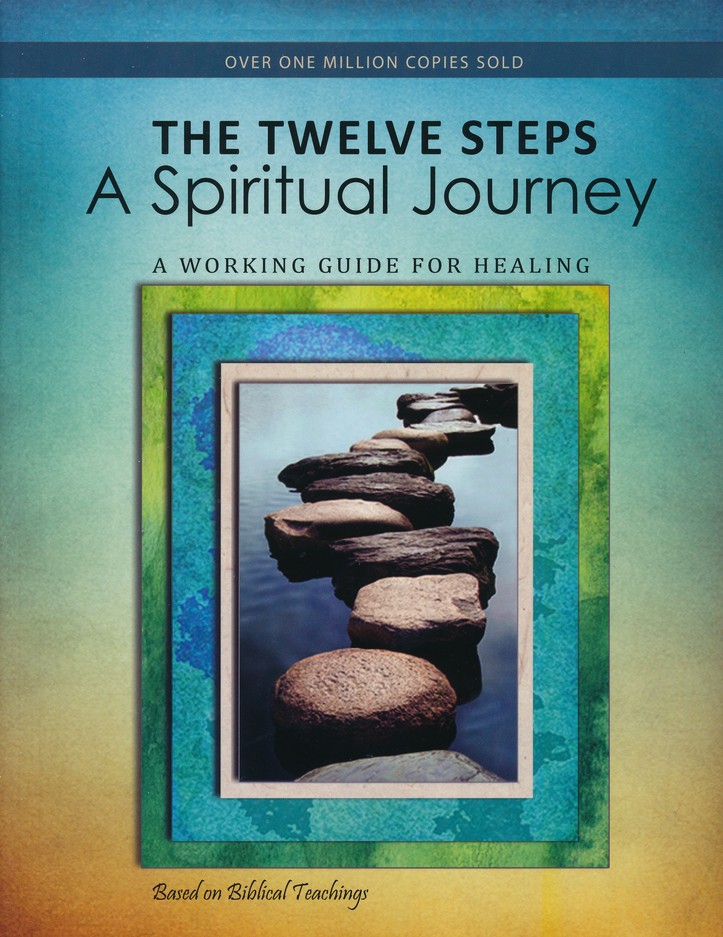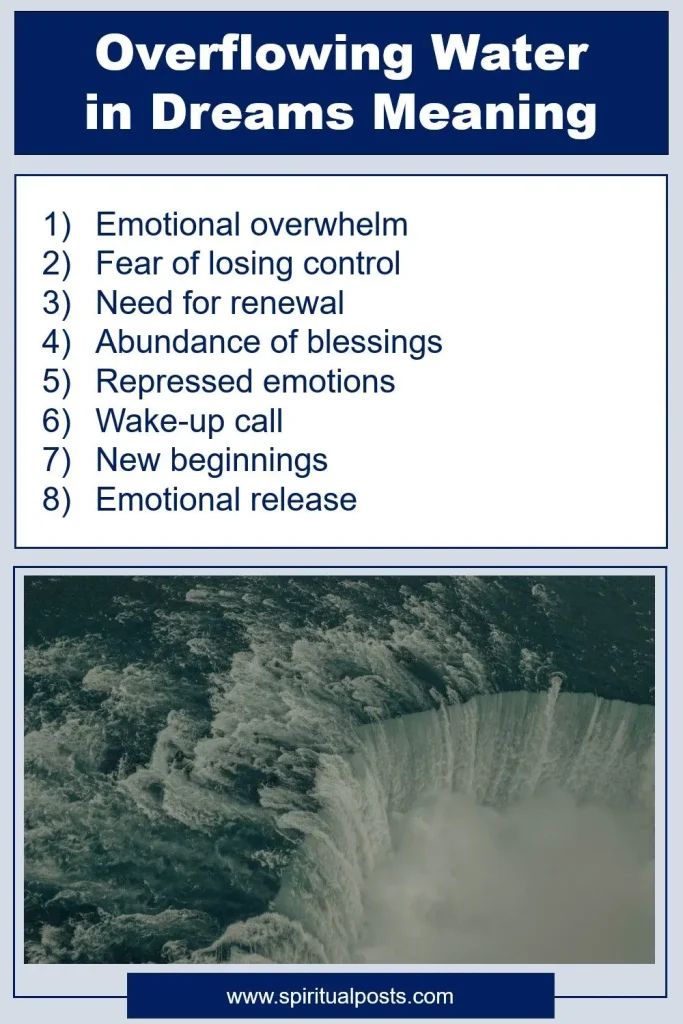12 Steps a Spiritual Journey
12 Steps a Spiritual Journey is a concise and effective path to spiritual growth and self-discovery. This transformative process focuses on personal surrender and connecting with a higher power through 12 key steps.
Embarking on a spiritual journey can provide individuals with a deeper understanding of themselves and the world around them. It involves a process of self-reflection, introspection, and spiritual exploration. The 12 steps act as a guide to navigate this journey, helping individuals confront their inner struggles, seek forgiveness, and establish a stronger connection with their higher power.
This path offers a framework for personal growth, healing, and self-improvement, allowing individuals to find purpose, meaning, and fulfillment in their lives. By following the 12 steps, individuals can embark on a journey of transformation, leading to a greater sense of peace, serenity, and spiritual awakening.

Credit: www.amazon.com
The 12 Steps: A Framework For Spiritual Growth
Embarking on a spiritual journey is a deeply personal and transformative experience. It often involves self-reflection, introspection, and a longing to connect with something greater than ourselves. While there are many paths one can take on this journey, the 12 Steps provide a powerful framework for spiritual growth. Originally introduced by Alcoholics Anonymous (AA), the 12 Steps have been embraced by individuals from all walks of life seeking spiritual healing and guidance. In this blog post, we will explore the purpose of the 12 Steps, as well as delve into each step to gain a deeper understanding.
Understanding The Purpose Of The 12 Steps
The 12 Steps are not only meant to help individuals overcome addiction, but they also serve as a roadmap for personal transformation and spiritual development. Each step builds upon the previous one, creating a solid foundation for growth and self-discovery. By following the 12 Steps, one can navigate through their past, make amends, and ultimately find a sense of peace and serenity.
Exploring The First Half Of The 12 Steps
The first half of the 12 Steps focuses on admitting powerlessness over our struggles and embracing the belief in a higher power. These steps guide individuals to let go of control, surrender their ego, and find strength in spirituality. Let’s take a closer look at the first half of the 12 Steps:
- Step 1: We admitted we were powerless over our addiction (or struggles) — that our lives had become unmanageable.
- Step 2: Came to believe that a Power greater than ourselves could restore us to sanity.
- Step 3: Made a decision to turn our will and our lives over to the care of God as we understood Him.
- Step 4: Made a searching and fearless moral inventory of ourselves.
- Step 5: Admitted to God, to ourselves, and to another human being the exact nature of our wrongs.
- Step 6: Were entirely ready to have God remove all these defects of character.
These steps encourage individuals to confront their past mistakes and take responsibility for their actions. By surrendering to a higher power, one learns humility and begins to rebuild their foundation for spiritual growth.
Diving Deeper Into The Second Half Of The 12 Steps
The second half of the 12 Steps focuses on personal reflection, making amends, and practicing spiritual principles in daily life. Let’s explore the second half of the 12 Steps:
- Step 7: Humbly asked Him to remove our shortcomings.
- Step 8: Made a list of all persons we had harmed and became willing to make amends to them all.
- Step 9: Made direct amends to such people wherever possible, except when to do so would injure them or others.
- Step 10: Continued to take personal inventory and when we were wrong, promptly admitted it.
- Step 11: Sought through prayer and meditation to improve our conscious contact with God as we understood Him, praying only for knowledge of His will for us and the power to carry that out.
- Step 12: Having had a spiritual awakening as the result of these Steps, we tried to carry this message to alcoholics (or others) and to practice these principles in all our affairs.
These final steps solidify spiritual growth and serve as a guide for living a fulfilled and meaningful life. By making amends, seeking self-improvement, and sharing our experiences, we can continue to evolve spiritually and help others along their own journeys.

Credit: www.christianbook.com

Credit: www.amazon.com
Conclusion
Embarking on a spiritual journey is a transformative experience that requires patience, self-reflection, and openness to new possibilities. By following these twelve steps, you can deepen your connection with your inner self, find greater peace and purpose, and discover a more profound understanding of the world around you.
From embracing gratitude and practicing mindfulness to seeking wisdom from spiritual teachers, the path to spiritual growth is a lifelong endeavor. Remember, the journey is as important as the destination, so embrace every step along the way. May your spiritual journey be filled with love, light, and abundance.








One Comment
Comments are closed.